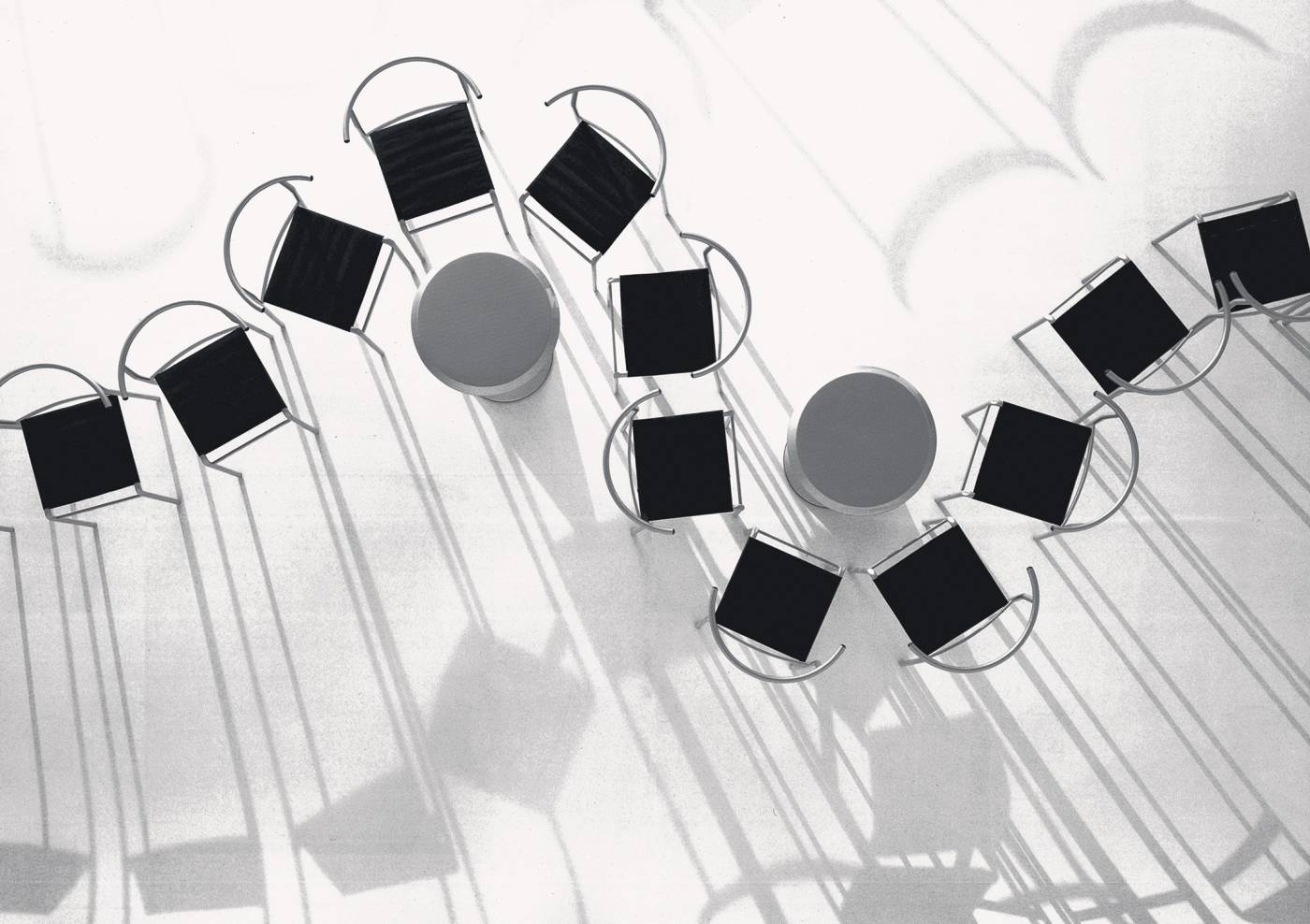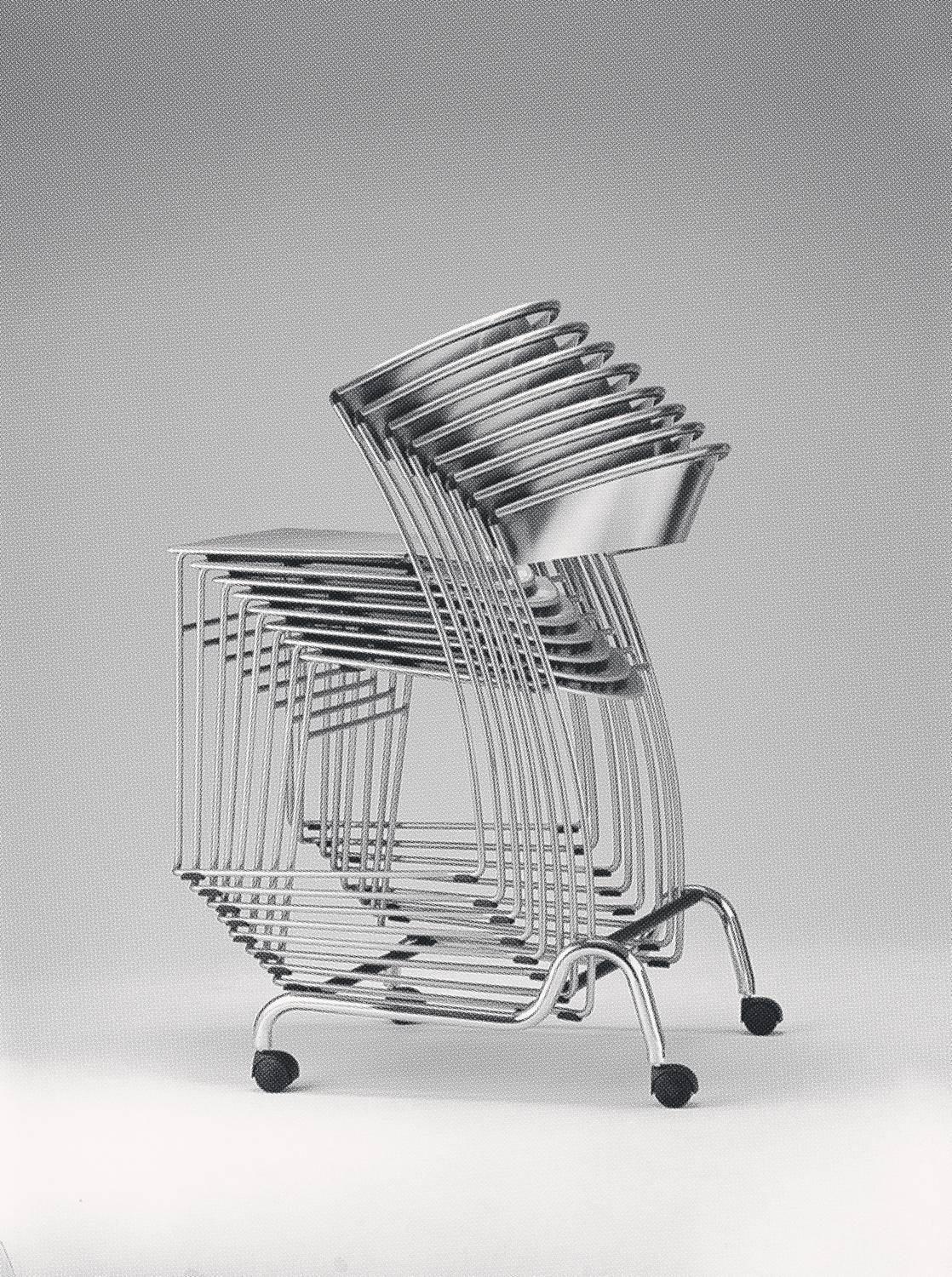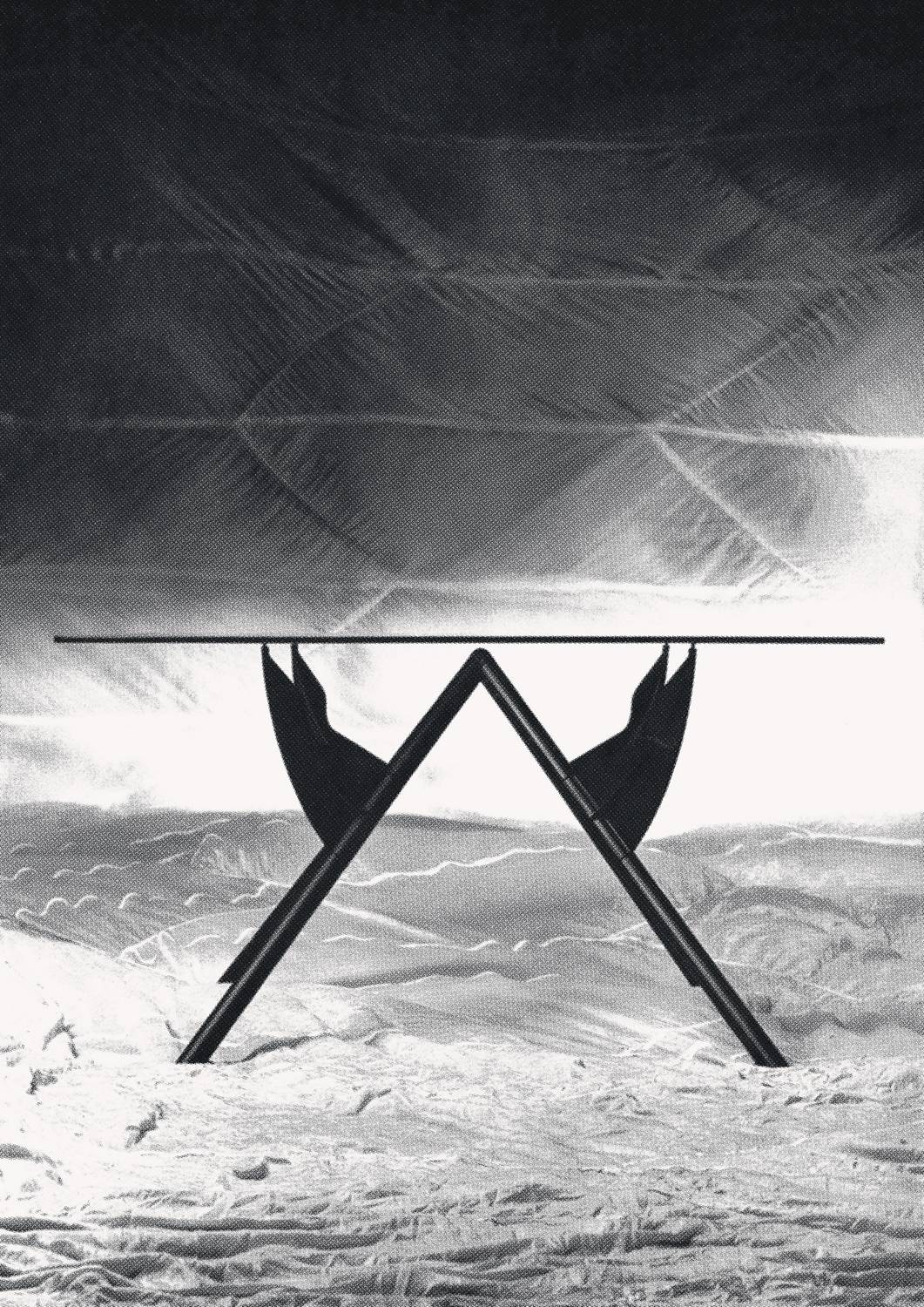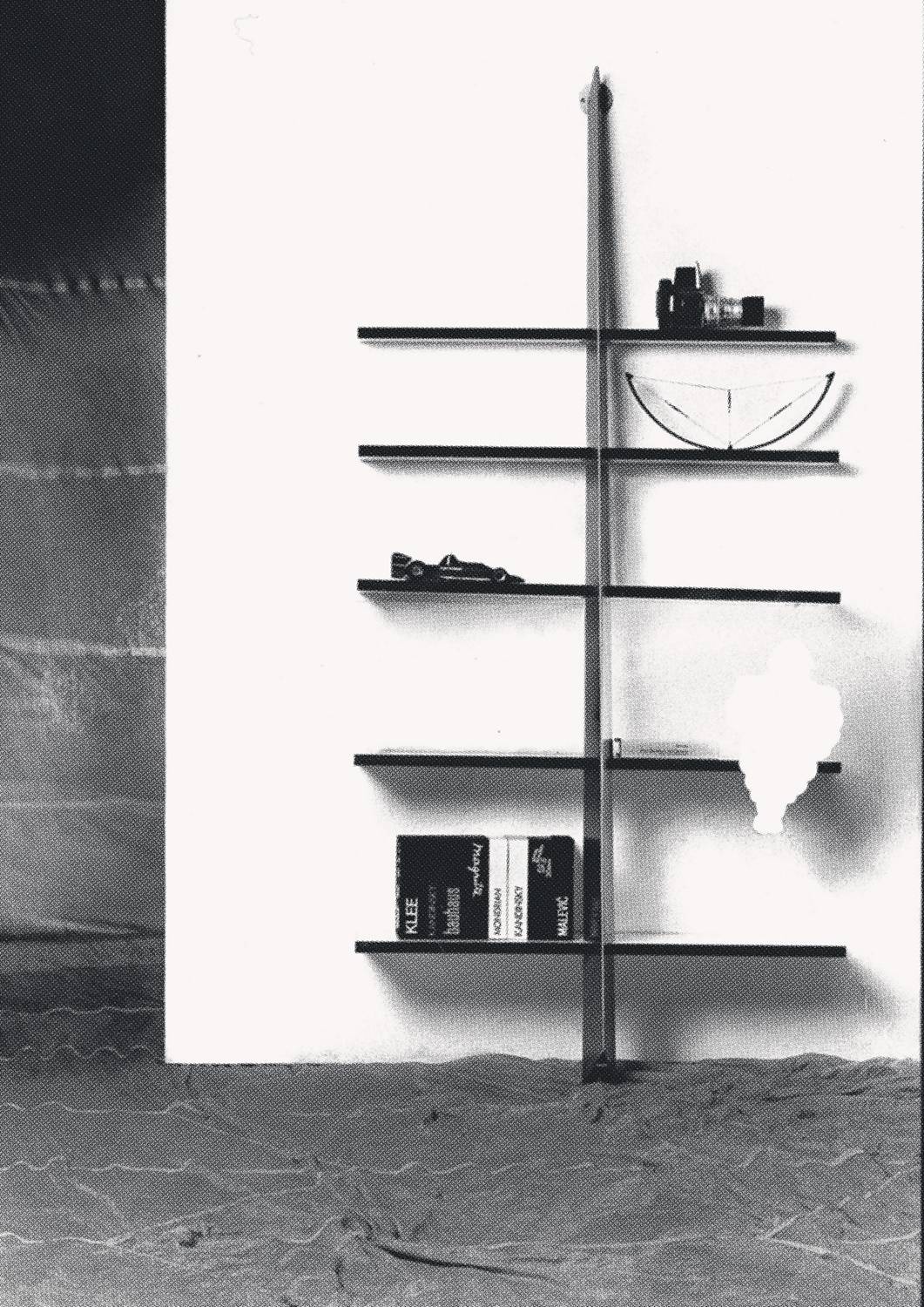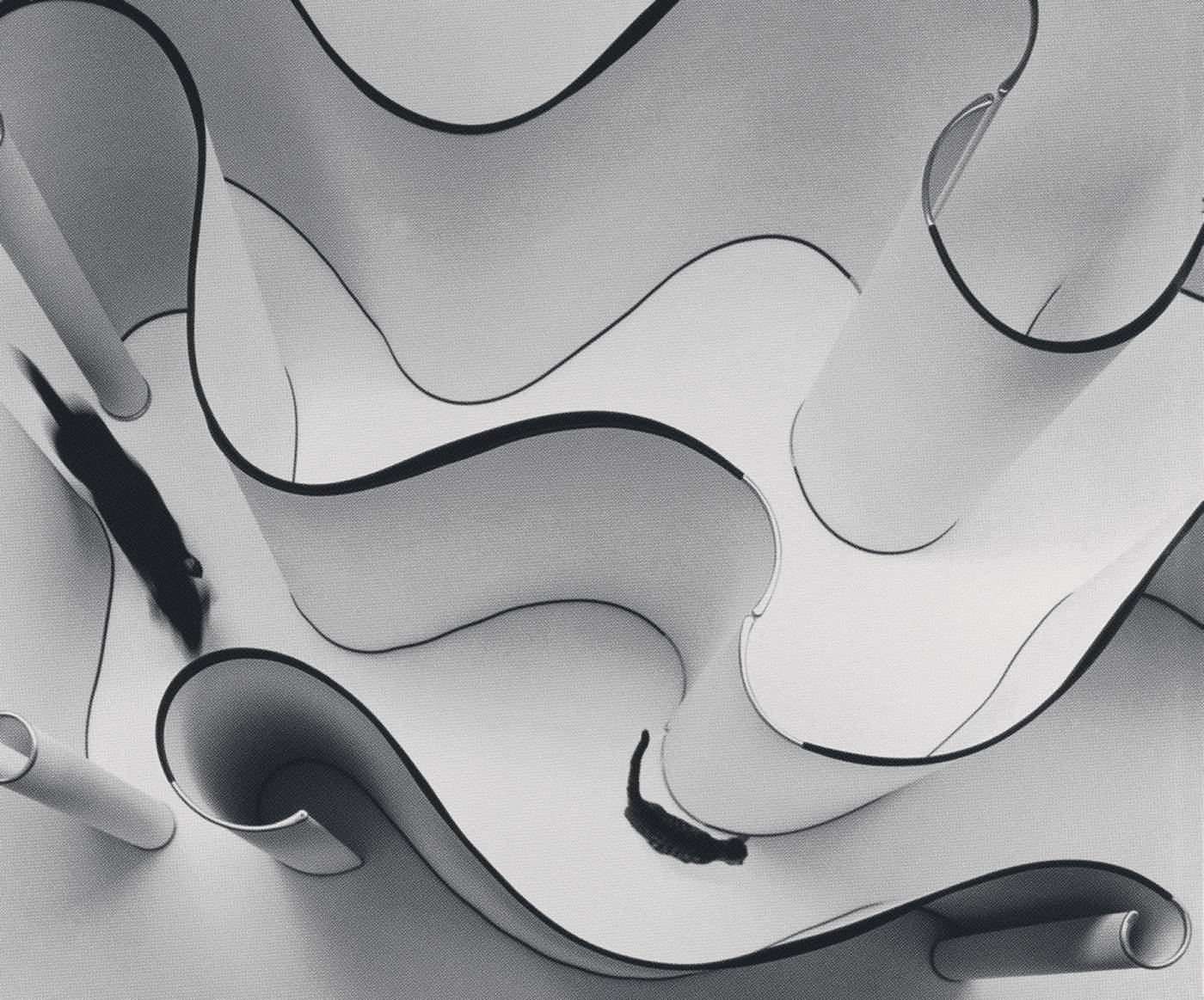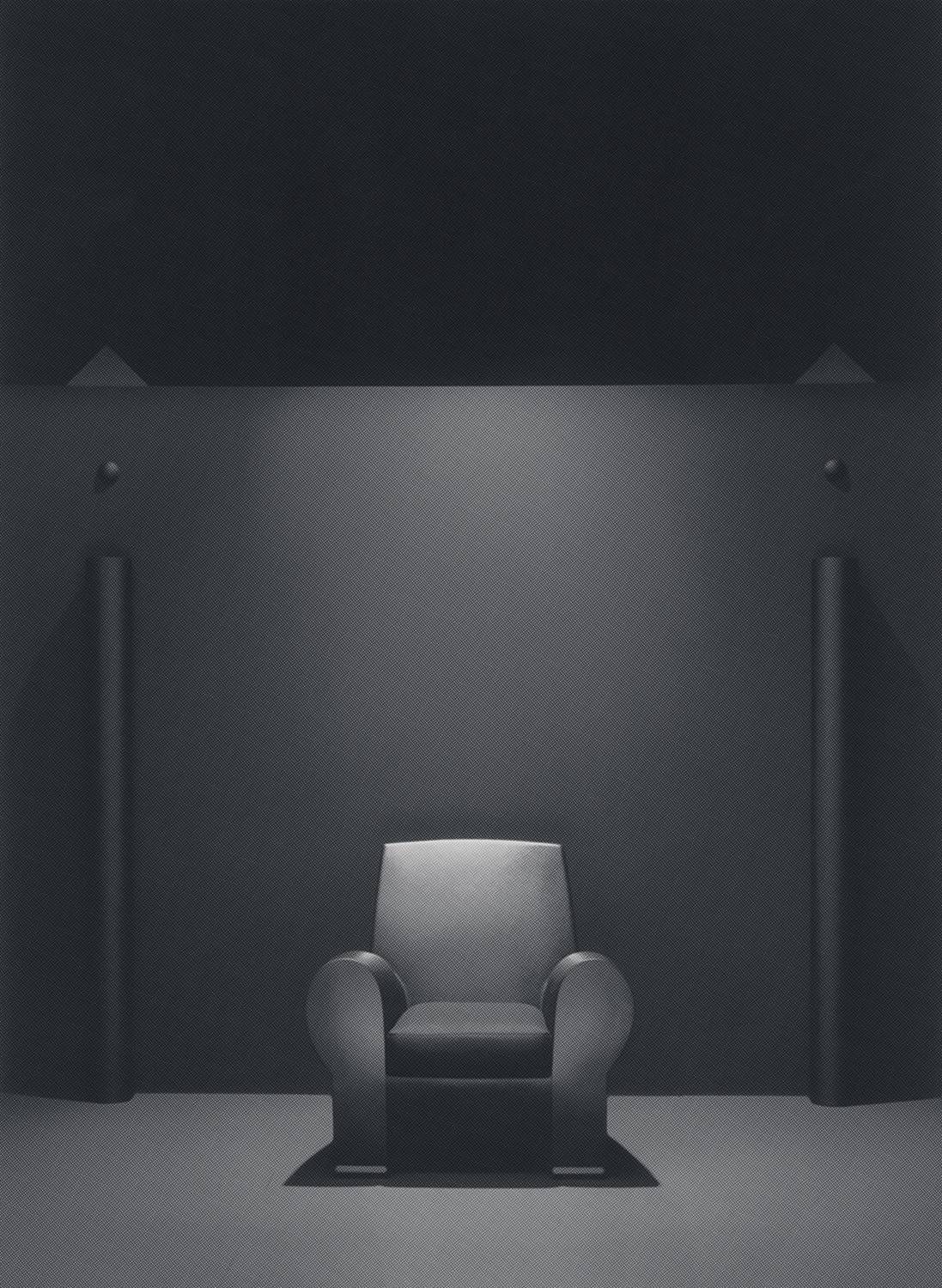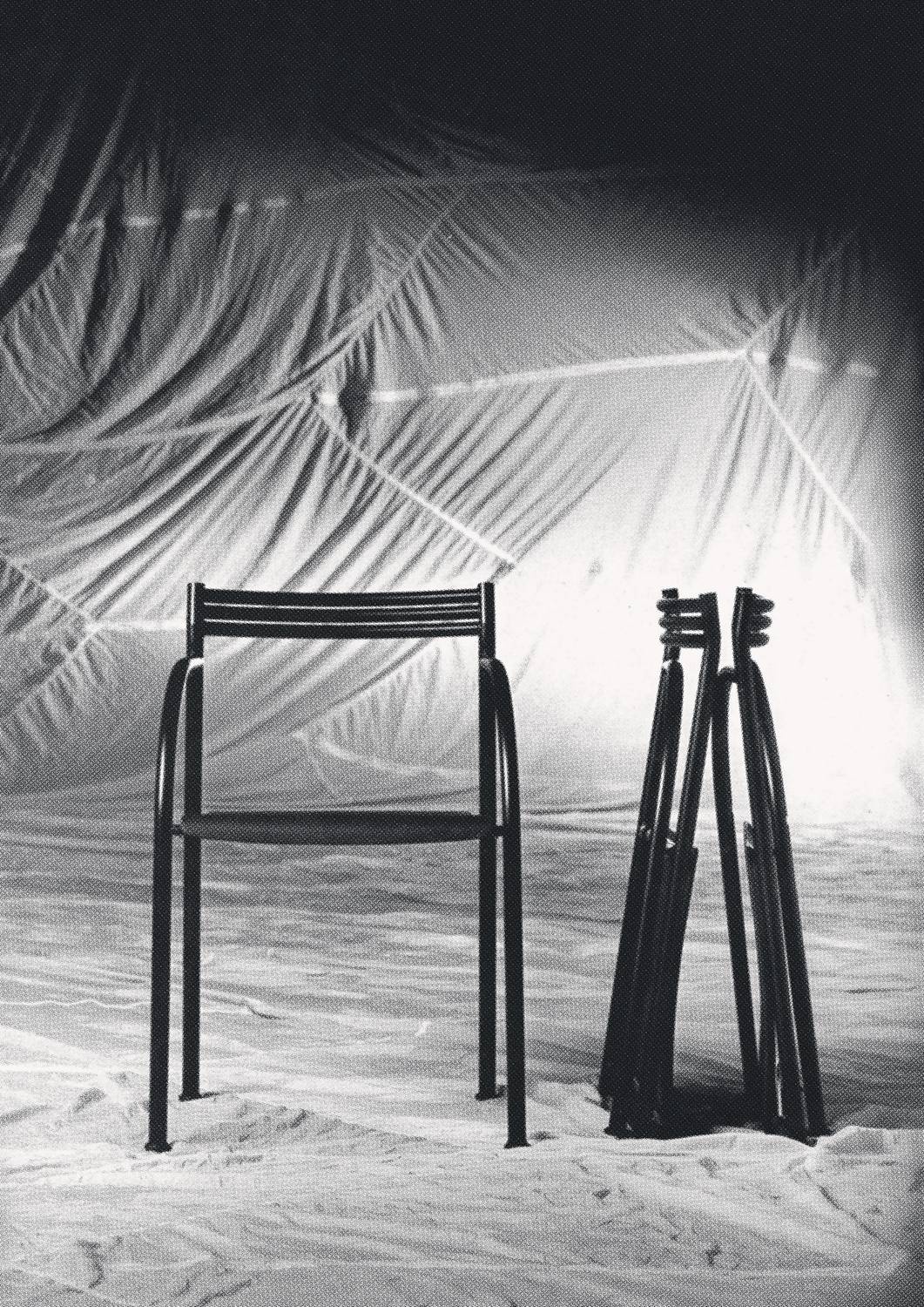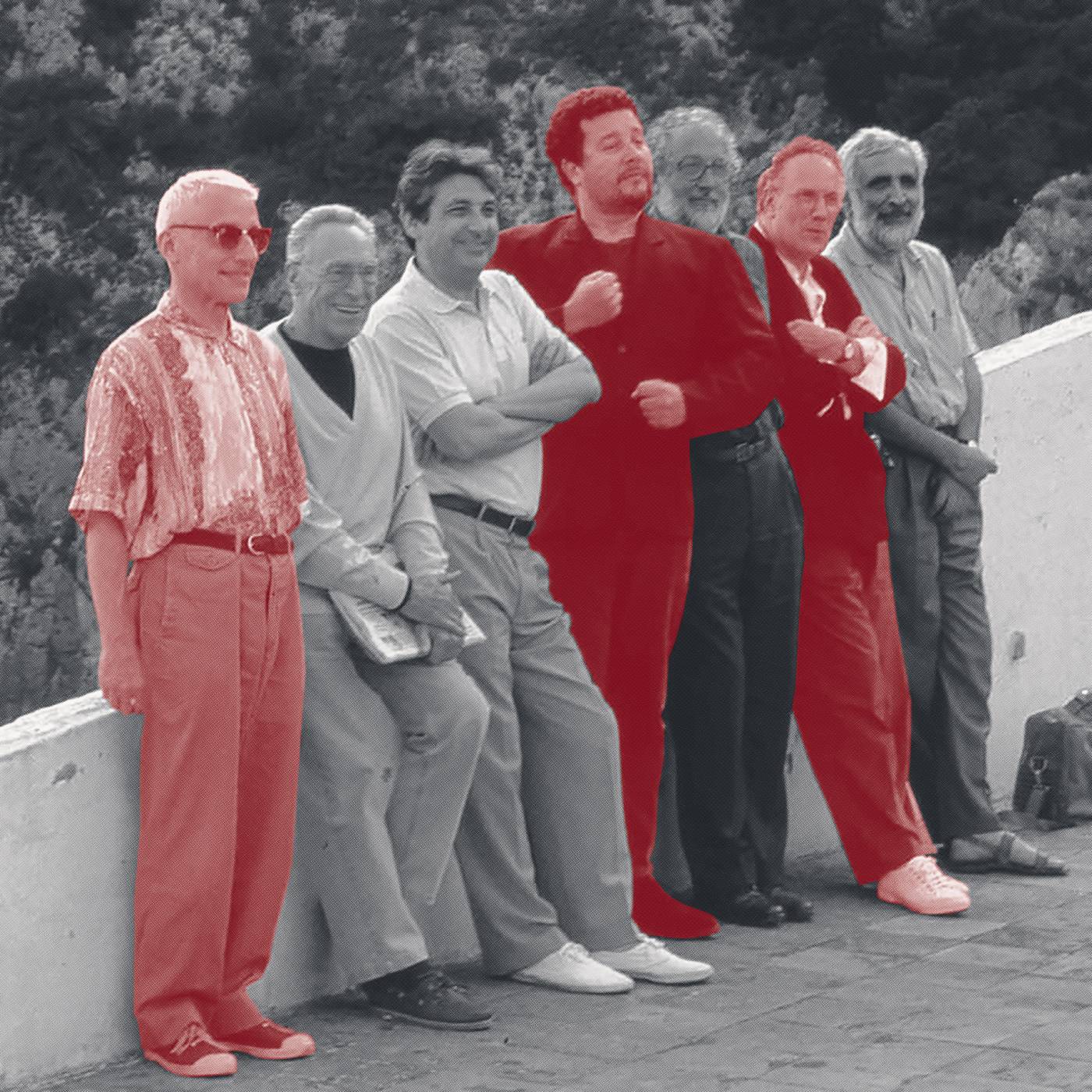
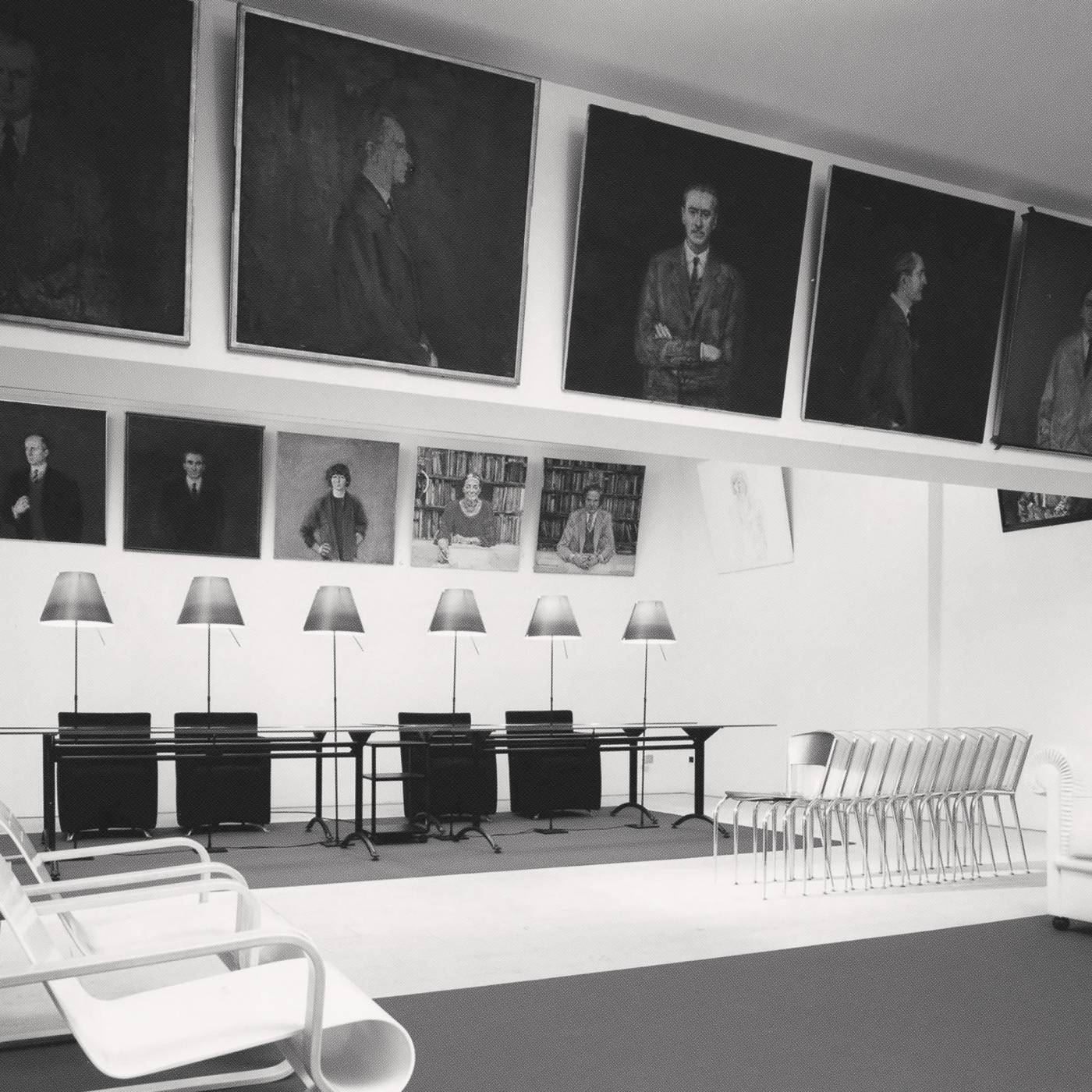
Baleri Italia
Baleri Italia was founded on 8 March 1984 by Enrico Baleri and Marilisa Decimo.
In the years of sobriety and form-function rigour, Baleri Italia became the highest expression of a certain idea of design, pragmatic and at the same time utopian, in pursuit of the authentic, non-obsolescent, inconspicuous, coherent, international object.
Its design philosophy was and remains aimed at creating distinctive and functional design, maintaining a constant commitment to expressive research combined with careful technical product development. This approach has enabled the company to pioneer technological experimentation and material innovation, as well as recognising and supporting emerging talents in design.
First and foremost, Philippe Starck, whose collaboration marked the beginning of a path full of successes and innovations. Over time, Starck has been joined by masters such as Hannes Wettstein, Angelo Mangiarotti and Alessandro Mendini, authors of products that have become authentic icons such as Starck's Francesca Spanish chair and President M table, the Juliette and Caprichair seats and the Bill sofa by Wettstein, the T-Table by Mangiarotti.
The brand has also received many awards for its research work and the quality of its products. These include the Top Ten MD Du Pont award in 1992 for Caprichair and in 1993 for the Molly system, the Compasso d'Oro award for the Cartoons screen in 1994 and honourable mentions in the Compasso d'Oro for the Baleri Italia image in 1987 and 2001, for Caprichair in 1994 and for the Lisa chair in 2001. In the same year the Cartoons screen was included in the Permanent Collection of the Museum of Modern Art in New York.
Today the evolution continues, through the rethinking of the brand identity according to the current context.
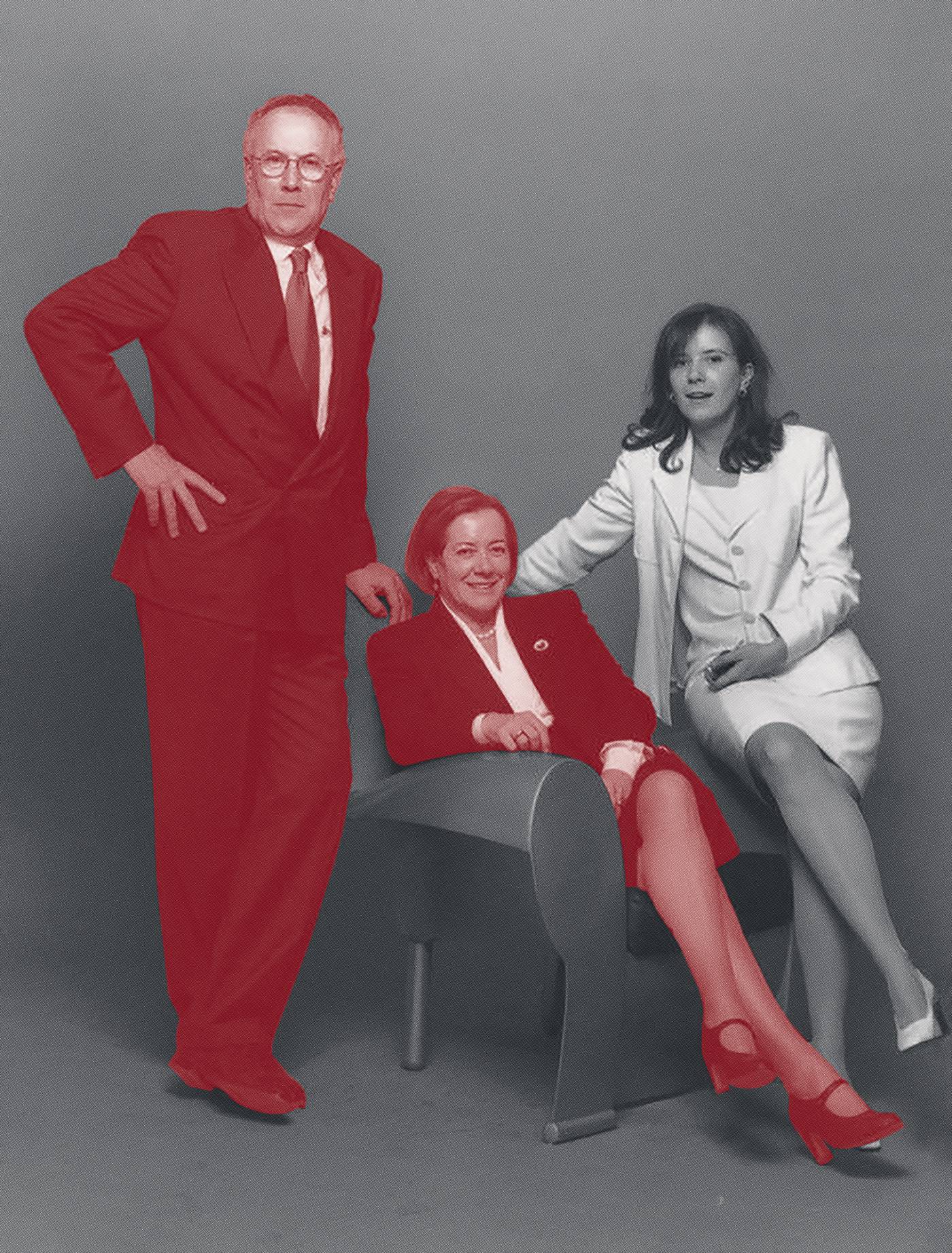
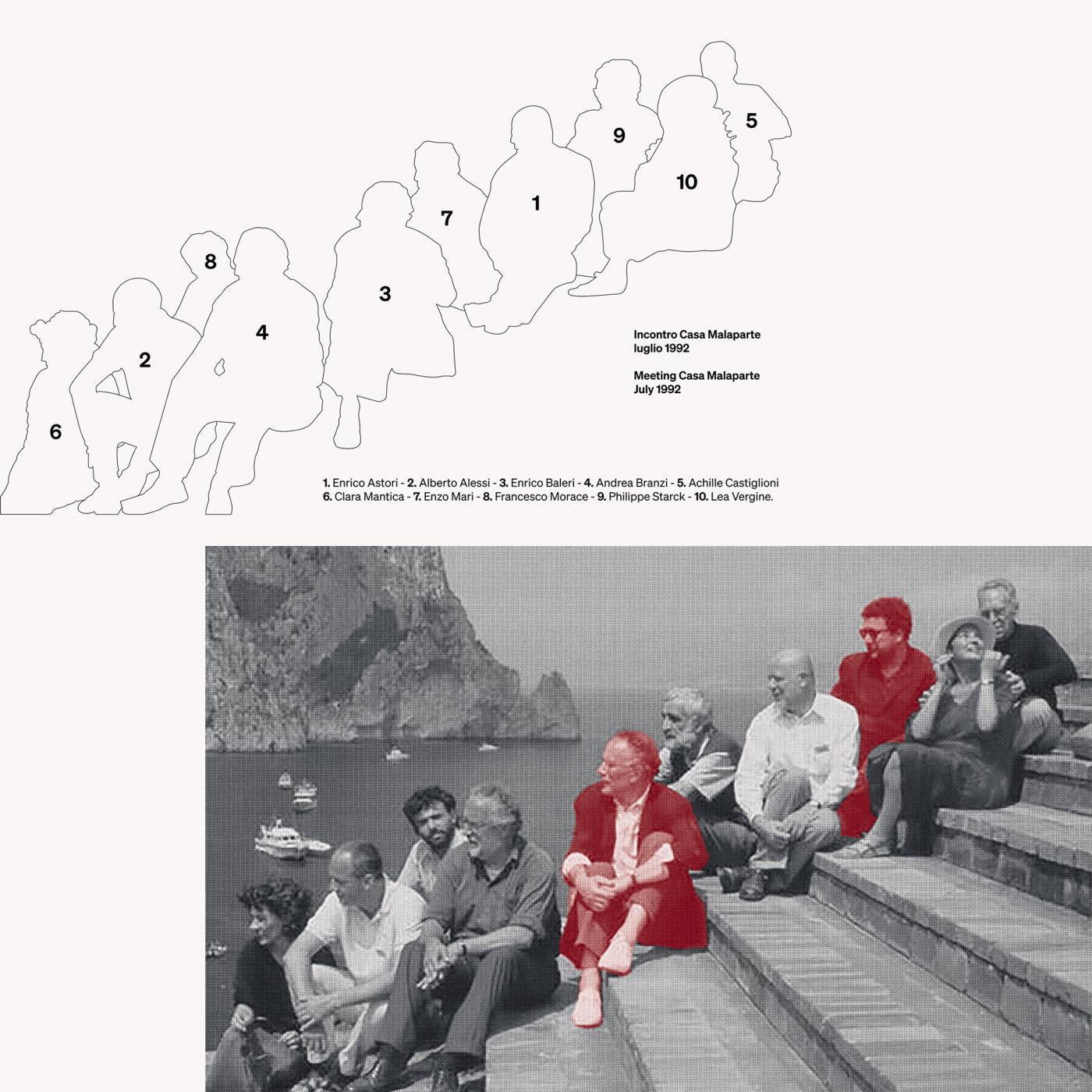
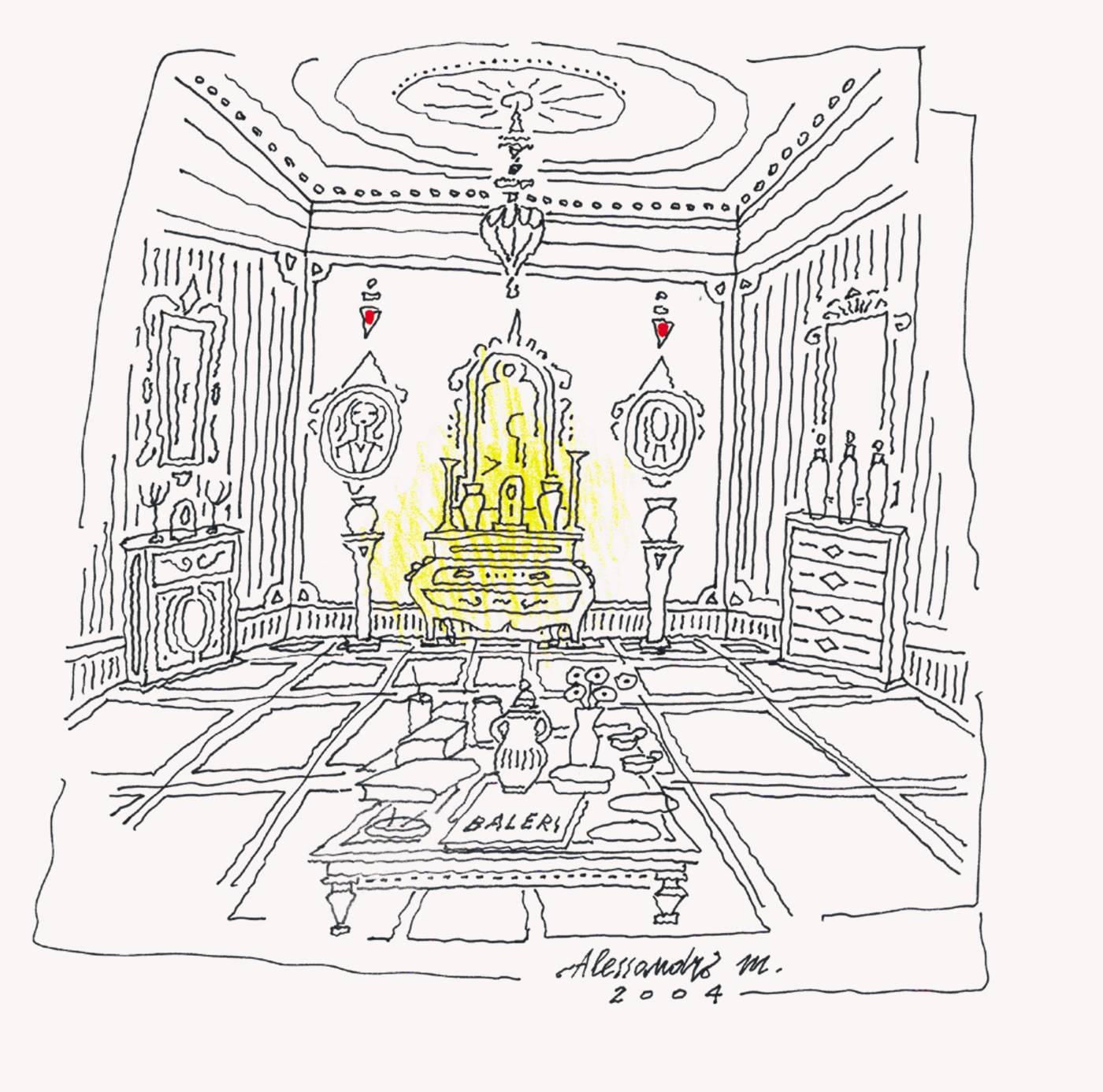
Creative Advisory Board
In 2023, a Creative Advisory Board was set up, composed of leading figures from different backgrounds in the design world, which outlines the guidelines for a new future for Baleri Italia.

Alice Ballabio
Creative Strategist at Oniro Group & Baleri Italia, professor, designer and PhD in architecture.
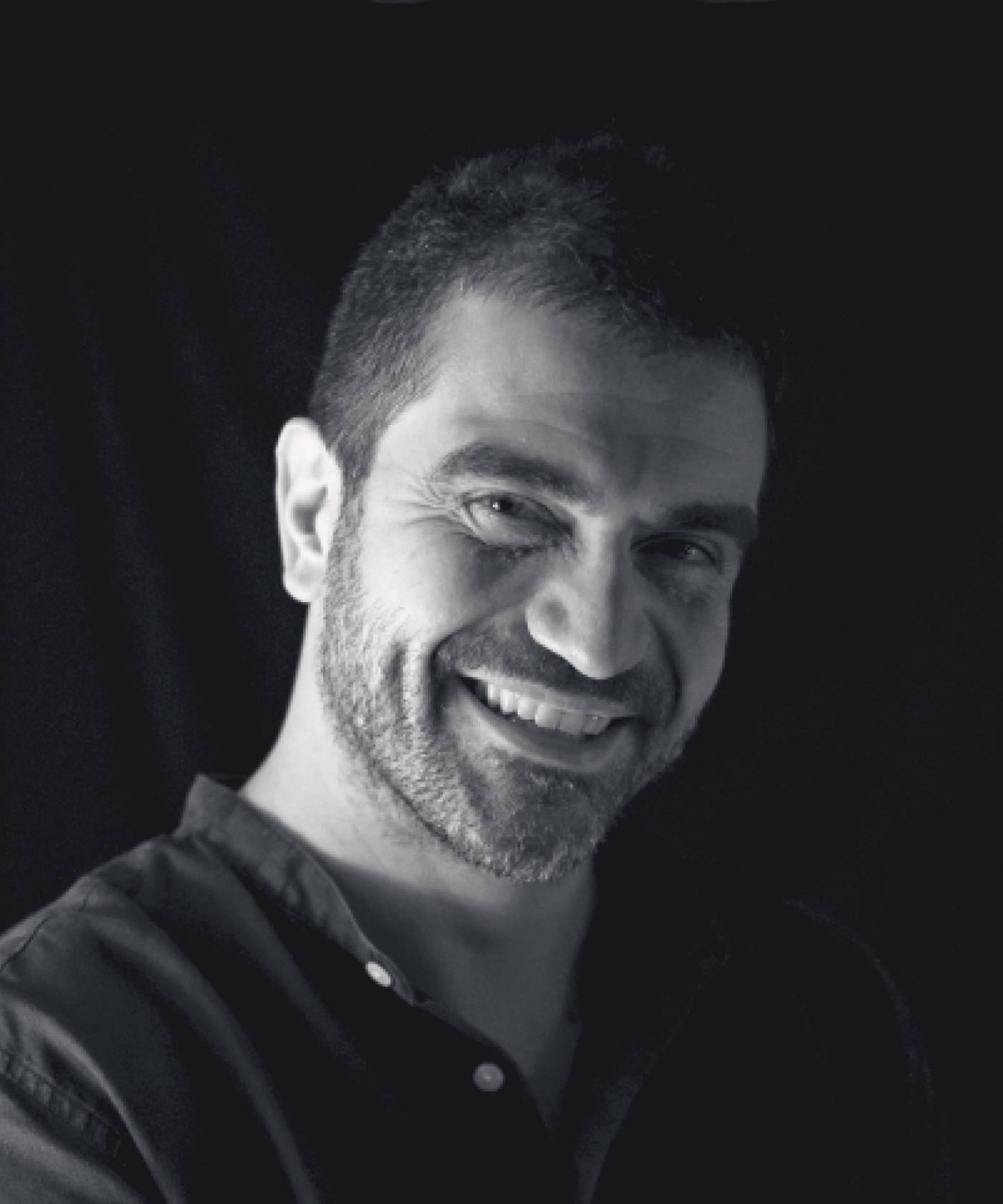
Andrea Puppa
Graphic designer, he won the competition for the image of EXPO Milan and worked for several years with the Cerri studio.

Franco Raggi
Graduated from the Milan Polytechnic in 1969, during his career he has designed architecture, installations, exhibitions, books, magazines, stage sets, environments and objects.

Odoardo Fioravanti
Product and furniture designer, Global Design Advisor at LG Electronics, professor at various institutes and winner of the Compasso d'Oro with Frida chair, Pedrali.

Stefano Caggiano
Design critic, editor for Interni magazine, writer and professor at Istituto Marangoni the school of design. Coordinator of the Creative Advisory Board.

Stephan Hamel
Design consultant and curator, he studied in Vienna and has always worked in the field of applied art.
Stefano Caggiano, Baleri Italia Advisory Board Coordinator
Sustainable freedom
The result of this think tank is a seven-point Manifesto, centred on the core concept of sustainable freedom.
The Manifesto brings together the two great needs that characterise today's society, the need for environmental sustainability and the need for cognitive sustainability, to intercept the profound needs of today's world and the people who live in it, overexposed to a greater information load than at any other time in human history.
Thus, starting from the fundamental assumption that the value of design lies in its ability to resonate with the cultural sensibilities of its users, Baleri Italia restarts by defining a light approach to design. This approach, combining rationality and expressiveness, holds the beating heart of Italian design culture, concretised in a dialogic catalogue in which the fundamental legacies of tech and postmodern rationalism coexist in a new form.
This renewed strategy, integrating 'sense and sensibility', reflects the fundamental identity of Baleri Italia. With its unique positioning, Baleri Italia now stands as the legitimate custodian of Italian design culture.


